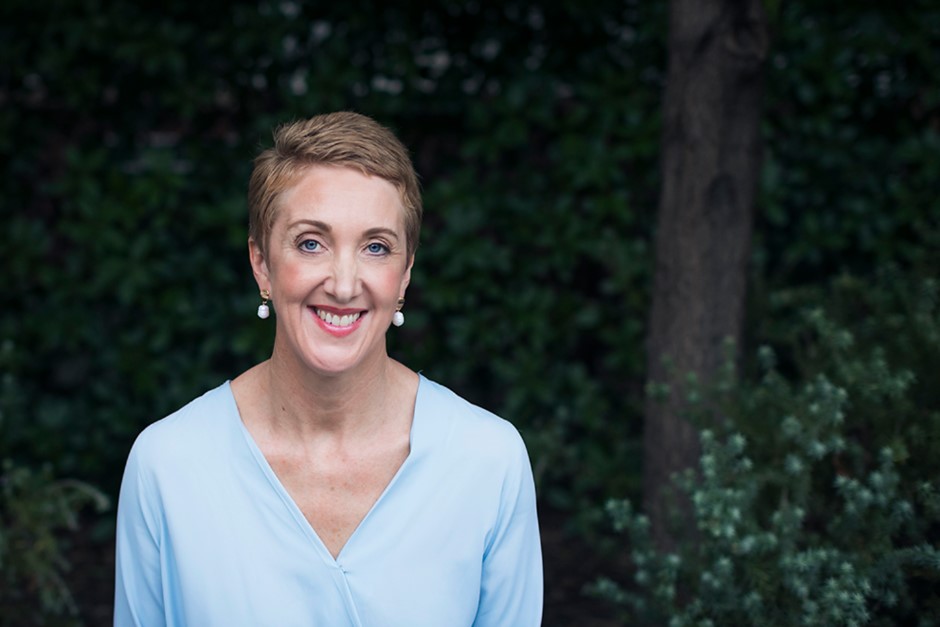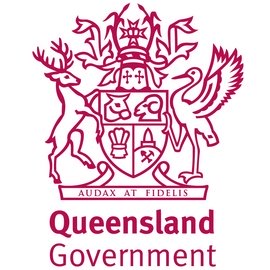In the article, Secondary Principals Council head Craig Petersen said the cumulative effect of school absence can be underestimated.
“Every day missed makes it harder for students to keep up with learning and this can increase disengagement and a sense of failure, making it even harder to get children to want to attend,” he said.
His comments are pertinent as well for the many students who are forgotten and isolated in what education systems consider to be “valid” absences.
These students miss school through no fault of their own, they face medical and mental illness-related absences, however they crave ongoing connection to learning, classmates and teachers, and emotionally benefit from it, yet because their absences are authorised and deemed legitimate, they continue to fall through the cracks.
Up to 30 per cent – or 1.2 million – of school-aged children across Australia may be facing medical or mental conditions serious enough to affect their attendance and education, with 14 per cent having a mental disorder.
Post COVID-19, the number of students chronically absent is surging into the hundreds of thousands, exacerbated by the rise in chronic illnesses and a growing trend of school avoidance. Solutions are urgently needed.
Megan Gilmour is the CEO and co-founder of MissingSchool, a not-for-profit organisation dedicated to raising awareness of the educational and social needs of children who miss school because of serious illness or injury, and exploring ways of supporting these kids, their families, their teachers and peers, and their learning through their toughest times.
Gilmour says a data blind spot exists whereby current coding of “authorised absence” by schools treats every health circumstance, from a common cold to cancer, the same way.
When schools don’t link medical and mental health conditions to Disability Standards for Education-regulated learning supports, such as assistive technology for classroom and curriculum access, she says students with compromised physical attendance suffer and their anxiety about returning to school compounds.
“Many, many children are at home, and really falling through the cracks in terms of their education,” Gilmour tells EducationHQ.
“But also, as we know, there’s been a universal experience of social isolation and what that means.
“As medical science advances, we’re seeing more children have treatment and survive their illnesses as well, but our education systems have not yet really caught up with how to continue to deliver an education service to children who are at home in a health crisis, a personal one.”
The global rise of school can’t/school refusal, where there’s a deep reluctance to attend school due to a range of circumstances, one of which is deep anxiety, has resulted in school isolation, or the absence from school, entrenching anxiety about going to school.
“So we’ve got the situation where being away from school creates anxiety about being at school – whether that is caused by leukemia, or Crohn’s disease, or a heart condition, or whether it’s caused by cognitive differences and a sense of anxiety at school where it doesn’t feel safe,” Gilmour explains.
“However it starts, absence from school will increase anxiety and isolation, and all of the problems that flow on from that.”
Since 2012, MissingSchool has been busy collecting data on school absence, and with more than 1000 surveys and long-form interviews with teachers and parents, it has accumulated the biggest data set in the world on the subject, and the use of technology to address it.
The data includes information on a range of community organisations or organisations that focus on particular diseases or conditions, which has now been used to form National Insights for Education Directories (NIEDs), an Australia-first digital hub at the intersection of health and education, bringing knowledge together to inform schools, teachers, and even families.
When fully mobilised, NIEDs will be a one-stop digital hub providing trustworthy linkages, information, and resources related to health impacts on students’ school outcomes to keep learning and wellbeing alive from anywhere.
“We’ve been able to digitise and provide a scalable hub, where we will ask particular questions when we engage with these organisations, they will update their profiles in order to answer those specific questions for school, and even for families at the intersection of their health condition, a medical condition, the mental health condition, and school, so that teachers could go on and just do keyword searches and be able to have a ready reckoner about the illness or the medical situation and then find out what that organisation guides on, about school,” Gilmour explains.
At present there are around 500 organisations on the hub, with Heart Kids being the first organisation to update their profile and add that information.
“So that engagement with Heart Kids was able to focus them on the issue of ‘what about school?’ in a way that they wanted to do as well,” Gilmour says.
“And we were able to guide what questions they should consider - and through a conversation with Lesley Jordan of Heart Kids for a podcast, she and I actually talked about what it means to have early onset heart disease, and what that means for families, children in school.
“Heart Kids were able to say there’d be an estimated 40,000 current school children with early onset heart disease.”
Polling by Greens Senator Penny Allman-Payne late last year suggests two in five families are experiencing school refusal or ‘school can’t’. That’s hundreds of thousands of families.
With the Senate enquiry releasing its findings in August, included in the 14 recommendations were strong recommendations for a coordinated national approach with improved methods of data collection.
Yet while accurate measurement of the prevalence of school refusal is a key recommendation, no uniform process of data collection, and therefore little understanding of the scale and scope of the issue has been possible. Well, until NIEDs.
“I was a witness to the Senate Inquiry - we made a submission,” Gilmour says.
“So I met Senator Allman-Payne and answered questions in that process, and the absence of data is something we’ve been talking about (since MissingSchool launched a report in 2015 about it), in terms of chronic school absence to do with reasons beyond the child’s control, meaning there’s some kind of a medical or mental health issue at play.
“And even today, despite all of this and our work, we’re still seeing that this cohort of students with medical circumstances that cause chronic school absence, still not showing up in the Better and Fairer education system consultation paper.”
As so often happens with a range of education issues, Gilmour laments, most states and territories say, ‘this is an issue for the Federal Government to coordinate’, and the Federal Government says ‘states and territories are responsible for implementation’ and so there’s a passing backwards and forwards.
However, in 2022, MissingSchool did get a firm commitment and an identification of a policy pathway to implement a dedicated absence code for health condition absences.
As mentioned, at present what happens is the absence code for approved absence to do with the illness, covers anything from a common cold right through to cancer.
“We know that schools need to continue to provide an education service to students who are homebound in a health crisis,” Gilmour says.

“One thing that all of our data shows, is it’s not just about academics, it’s kids wants to be normal in these circumstances, they want to be with friends and have contact with, in a safe way, their school community,” MissingSchool founder Megan Gilmour, pictured above, says.
“Yes, it was COVID. Now, it’s personal. We know that disaggregation of data to better framing of absence codes is going to help government with anything to do with numbers, but also funding, because students in these circumstances are covered by the Disability Standards for Education national regulation, and we know that we’ve proved that it is possible to return a student to the classroom by digital means, and that that’s effective in restoring their sense of belonging."
It’s enabling them, Gilmour says, to learn alongside their peers and with their own teachers.
“That they’re continuing to have access to a curriculum, their curriculum, through their school, and that skill support is reactivated when the student is back in the classroom, whether it’s digital or otherwise – I think that’s really exciting,” she says.
“Our data is very exciting in terms of what we’re showing, and this is not virtual schools or distance education programs, this is returning children to their own community’s school, where their friends are and where we hope, and in many cases, they are going back in and out of school for treatment.
“So it’s giving the continuity, and one of the major things that it does is reduce anxiety."
Having just received an honorary fellowship from Deakin University, Gilmour is now busy getting this research out and into impact reports and enabling it to inform policymaking.
“I just don’t want to see kids left out of support by schools or whatever, by virtue of the fact that it’s not going under school refusal banner,” Gilmour says.
“It’s almost like your school absence only matters if you’re well, and you’re not going to school, but if you’re not well, and you’re not going to school, it doesn’t matter. It’s kind of a gross way to put it, but we can’t do that to these kids.”
Gilmour wholeheartedly believes that what MissingSchool has blueprinted with NIEDs, can “make Australia the best in the world at this”, but only if there’s a political will to do so.
“Honestly, if a tiny organisation like ours can do what we’ve done, how can state and territory education systems not do it or a national system?
“You know how we’ve done it, we’ve demonstrated that we’ve enabled this to happen. I know that it’s possible – I know that it can happen at scale.”
Stay tuned for EducationHQ’s upcoming look at Missing School’s rollout of Seen&Heard, a groundbreaking initiative driving the adoption of “teach once” telepresence technology in schools and offering real-time assistance to students and their families, training teachers, fostering peer support, and producing world-leading research.














